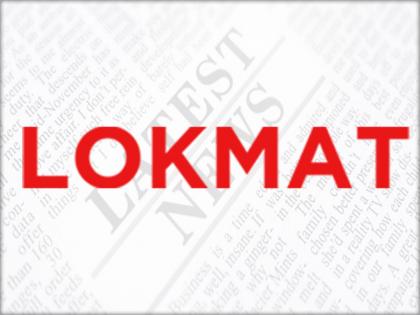India's Q1 current account deficit narrows to $14.3 bn
By IANS | Published: September 30, 2019 09:16 PM2019-09-30T21:16:05+5:302019-09-30T21:25:04+5:30
Lower crude oil prices, along with higher earnings from invisible trade such as services, aided in narrowing India's current account deficit to $14.3 billion in Q1 of 2019-20.

India's Q1 current account deficit narrows to $14.3 bn
The Reserve Bank of India's data on India's Balance of Payments (BoP) showed that CAD narrowed from $15.8 billion (2.3 per cent of GDP) in Q1 of 2018-19 but was higher than $4.6 billion (0.7 per cent of GDP) in the preceding quarter.
"The CAD contracted on a year-on-year (y-o-y) basis, primarily on account of higher invisible receipts at $31.9 billion as compared with $29.9 billion a year ago," the RBI said in its statement on developments in India's Q1 BoP.
The foreign currency earned via services, income from financial assets, labour and property and current transfers are accounted under the "invisible receipts".
"Net services receipts increased by 7.3 per cent on a y-o-y basis, mainly on the back of a rise in net earnings from travel, financial services and telecommunications, computer and information services," the statement said.
Similarly, remittances grew by 6.2 per cent to $19.9 billion from their level during a year ago period.
According to the data, there was an accretion of $14 billion in foreign exchange reserves (on BoP basis) during the period under review as against a depletion of $11.3 billion in Q1 of 2018-19.
"In the financial account, net foreign direct investment was $13.9 billion in Q1 of 2019-20 as compared with $9.6 billion in Q1 of 2018-19," the statement said.
"Foreign portfolio investment recorded net inflow of $4.8 billion in Q1 of 2019-20 - as against an outflow of $8.1 billion in Q1 of 2018-19 - on account of net purchases in both debt and equity markets."
In addition, net inflow on account of external commercial borrowings to India was higher by $6.3 billion in Q1 of 2019-20 as against an outflow of $1.5 billion a year ago.
ICRA's Principal Economist Aditi Nayar said: "In a positive surprise, the current account deficit in Q1 FY2020 printed modestly lower than expected, on the back of smaller than anticipated outflows of primary income."
"Additionally, healthy growth in the surplus of services and secondary income, as well as lower crude oil prices helped to restrain the size of the current account deficit in Q1 FY2020, despite a sharp increase in gold imports."
( With inputs from IANS )
Open in app